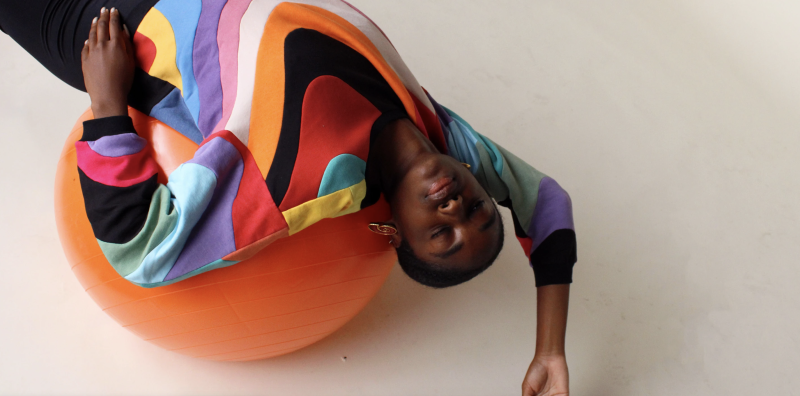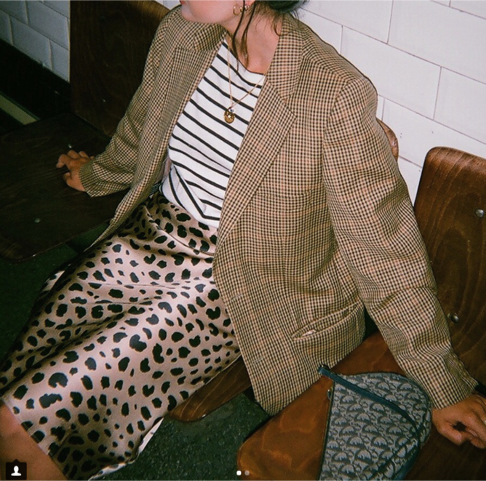Last week, on a bright and hot summer Saturday – one of the first truly thick and oppressive days of the season – I ascended the steps of the Met in New York. I’d been there many times over the years, often to get out of the heat, but mainly to meander, from room to room, through space and time, all for the price of my donation dollar.
Each year, the Met’s Costume Institute puts on a large fashion exhibit. Its themes range from designers (Alexander McQueen), to nations (China) to movements (punk), but all seek to explore social, historical, cultural, and political moments through the medium of clothes.
If this seems a tall order, it might be. You’ve heard the usual complaints before, I’m sure. That fashion is expensive and excessive, vapid and frivolous, and therefore entirely alienating and low. After all, how could most of us – the ones whose annual salaries are less than the cost of a couture dress – possibly find solace, or understanding, in fashion?
But then there they are, the unassuming masses, filing, rather chaotically, through the hall of Impressionist paintings, and into the white and jarring space that holds the “Rei Kawakubo/ Comme des Garcons: Art of the In-Between” exhibition. There, among the well-dressed fashion people, the art gallery-looking folk, and the fashions on display, are so-called “anti-fashion.” The middle-aged men, clad in cargo shorts and white sneakers, who have wandered into the exhibition somewhat haphazardly. These men, and the museumgoers like them, stare at the avant-garde creations with timidity and skepticism. Tulle dresses with cotton lumps, or sleeves sewn about the neck are unusual to anyone, but especially the uninitiated. Radical manipulations of the physical can seem particularly unnatural when expressed through the medium of cloth. Slowly, though, the “anti-fashion” is pulled into the tide, and they file in closely, looking at the details of the clothes – like the baby dolls embedded into wedding gowns – with awe and surrender.
This surrender is, in part, due to the unfathomably remarkable craftsmanship of the clothes. There’s a collective disbelief at the human ability to assemble garments of such precision and intricacy. But more so, I like to think this surrender is one to the larger universality of clothes. Birth, life, death, marriage, uncertainty, love, beauty, pain, lightness. These themes, or emotions – these social currencies, really – are at the very core of the Comme des Garcons creations. The forms seem like abstractions of human reactions we feel to be so simple, so steady in their manifestations. But the clothes reflect, with beautiful actuality, the true complexity of the human experience. The pretense of fashion, in this moment, does not diminish, but it does absolve the skepticism of its unknowing viewers.
I witness this understanding, between the museumgoers and the fashions, and am brought to tears. It has been a long time since I’ve thought about fashion, what it can do, what it can be. The exhibit reminds me of this, and the fact that I’ve traditionally found a sense of self and solace in the craft. As I’ve gotten older, however, my interests have shifted. Clothes are no longer the necessary vehicle for self-expression or communication in my world. Now, I’ve got books and theory. The classroom, what with its utopian disposition, is the current tool of choice. Often I’m in boyish and nondescript clothes; a button-down shirt, a pair of trousers. I suppose this communicates, or reflects, my shift in interests aptly. Still, when I’ve some free time, I’ll slip into some of my more extravagant garments – a shirt with sleeves made of old lace bloomers, a dress with a quilted, fairytale-patterned bottom – and walk around my room. It’s a simple and private act, a line of communication open only to sides of self. But its purpose is iterative of that of the exhibition: to materialize, through a sartorial outlet, the human experience.
I don these clothes and feel my dexterity develop, before putting my boyish uniform back on and stepping out into the world.


